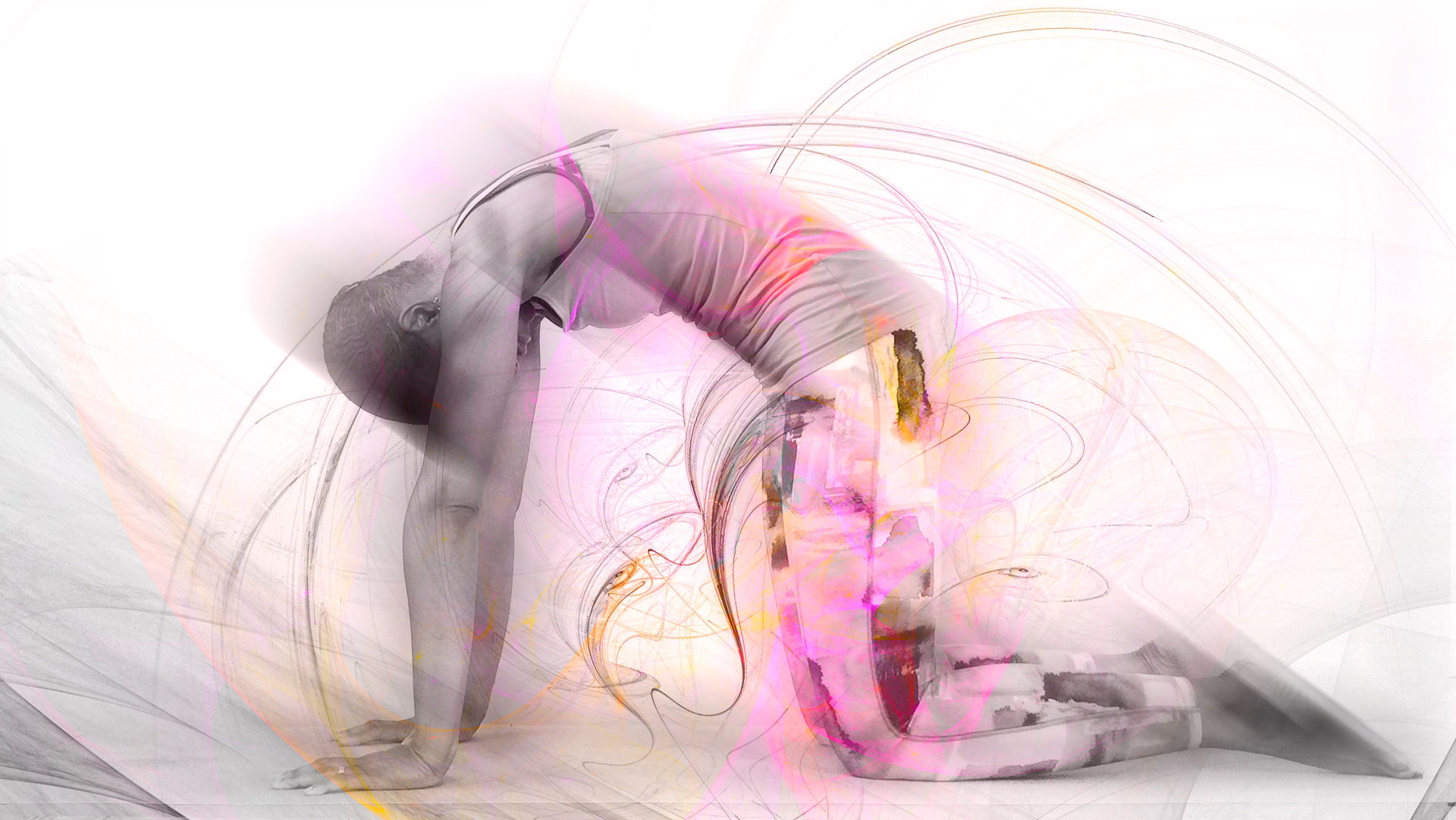
Therapeutic Yoga
An integrated practice of yoga and somatics that meets you where you are.
Explore a targeted, effective approach to movement, breath, and self-awareness with Denise. Classes are designed to provide the tools you need to shape your practice into one that fits your immediate needs. You will be guided through a combination of static and slow-flowing yoga postures, which can be adapted to your energy levels in the moment.
Whether you’re navigating chronic pain, fatigue, stress, or simply seeking a more intuitive approach to movement, therapeutic yoga provides a supportive space to reconnect with your body, quiet your mind, and restore balance.
If you are seeking more personalised support – a confidence boost or addressing a specific need, private tuition is available.
“Who looks outside dreams; who looks inside awakes.”
– Carl Jung
What Is Therapeutic Yoga?
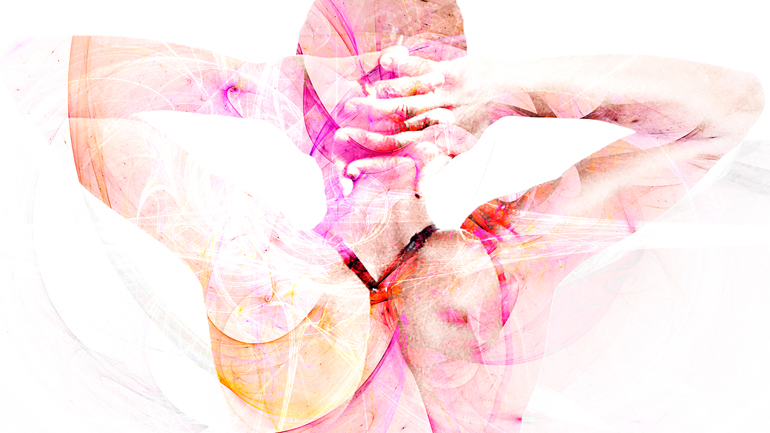
Therapeutic yoga combines the wisdom of traditional yoga with the mindfulness of somatic movement. This integrated approach empowers you to take an active role in your own healing and wellbeing.
When we’re faced with stress, anxiety, or physical discomfort, we need a holistic practice that considers the person as a whole. Therapeutic yoga does just that. It meets you where you are and gently guides you toward greater awareness and ease.The focus isn’t on achieving perfect postures, but on tuning into your inner experience and finding what feels supportive for you on any given day.
Therapeutic yoga is a multi-faceted practice designed to support you on many levels. Its adaptability is what makes it so accessible. Each class may incorporate varying degrees of somatic movement, pranayama and breathwork, guided meditation or Yoga Nidra (yogic sleep). Whether practiced in a group or one-to-one, therapeutic yoga creates space for meaningful, sustainable self-care.
What's Behind Therapeutic Yoga?
Therapeutic yoga draws inspiration from several different yoga styles, and movement systems combining their most beneficial elements into a cohesive, adaptable practice:
Hatha Yoga
A slower-paced style where postures are generally static and held for several breaths. Helps build strength, stability, and flexibility.
Yin Yoga
A quiet, meditative practice with long-held, floor-based postures that target deep connective tissues such as fascia, ligaments, and joints. Yin supports deep release and energetic balance, drawing on principles from traditional Chinese medicine (TCM).
Vinyasa Yoga
A breath-led, flowing style of yoga where postures are linked together into sequences. Used selectively in therapeutic yoga to build strength and fluidity while encouraging mindful movement.
Restorative Yoga
Designed to calm the nervous system and promote deep rest. Each posture encourages the body to release tension and move into a state of relaxation and repair.
Qi Gong
Energising practices designed to promote energy flow in and around the body.
Key Principles of Therapeutic Yoga
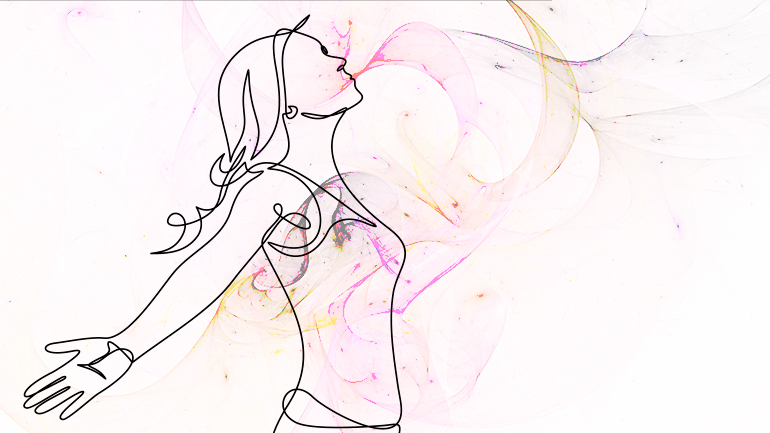
Breathe
The breath is the bridge between body and mind which, when harnessed, calms or enlivens our nervous system allowing us to practice on a deeper level.
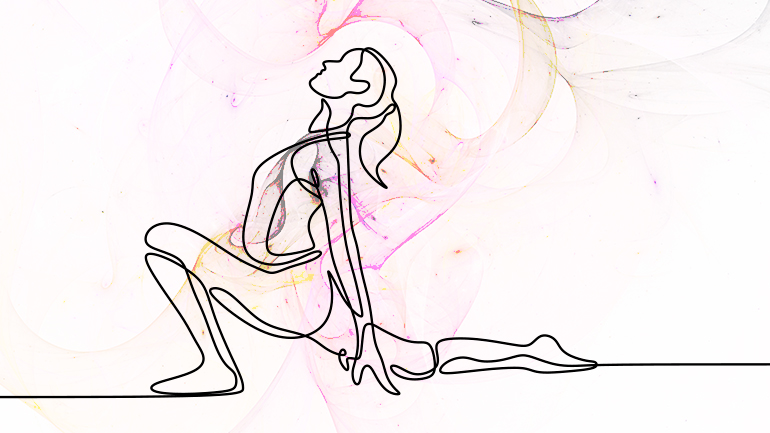
Move
Optimise energy flow and tension release in the body with a combination of yoga and somatics, deepening your awareness of sensation.
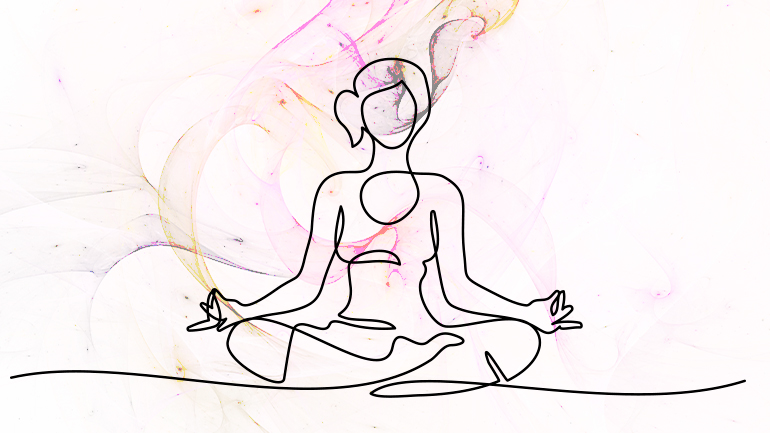
Reconnect
Simple meditation techniques help you reconnect to inner peace and contentment so that you can move beyond the restrictions of mind, body and emotions.
Benefits of Therapeutic Yoga
Regular practice of therapeutic yoga can:
- Reduce stress and anxiety
- Calm the nervous system
- Improve mobility, flexibility and strength
- Improve poor posture
- Support recovery from injury or illness
- Build greater self-awareness and emotional stability
- Encourage rest, reflection and mindfulness
- Improve motor co-ordination, functional movement and balance skills
- Improve functional breathing
Therapeutic yoga is suitable for all ages, abilities and levels of experience.
Therapeutic Yoga Class FAQs
I am new to yoga. What do I need to know?
Never do anything that causes you pain. Listen to your body and pay attention to the messages it gives you. If your body is telling you to stop, stop. Yoga should make you feel great – energised, relaxed, stronger and more flexible.
Should I eat before yoga?
It is best to practice yoga on an empty stomach so leave at least 2-3 hours after a meal before you take a class. If you find you are very hungry closer to the class start time, you can have a small snack such as a handful of nuts or half a banana.
Can I do yoga if I have an injury or medical problem?
It depends upon your type of injury/medical problem. It is best to consult your medical practitioner before you start any new exercise regime and is particularly important if you are pregnant/nursing, have high/low blood pressure, are taking medication or have any existing medical conditions or injuries. Please include details of any medical issues on the class registration form and send it to me prior to joining a class.
I'm pregnant. Can I still do yoga?
Speak to your healthcare practitioner so that they can advise you if you have any conditions which would make practising yoga harmful for you or your baby. If you are new to yoga, it is best to attend a specific prenatal yoga class with an experienced teacher. If your body is used to doing yoga, Denise can accommodate pre and post natal women in general classes, but she does not currently offer specialised Pregnancy Yoga classes. You are welcome to attend a general class with Denise if you are pregnant but you may find that a general class is not suitable for your needs as your pregnancy progresses into the later stages or if you develop any complications. In this case, a specialised yoga class would be the best option for you.
What are the benefits of private sessions?
Private yoga sessions are ideal if you need help with specific injury rehabilitation, you want to build your confidence before you start a yoga class or you prefer to do yoga on your own or in a smaller group. If you are short on time or are unable to travel very far, I can visit you in your own home.
Have more question? Get in touch.



